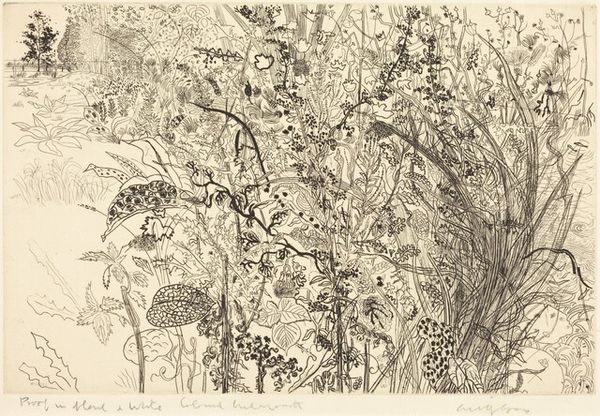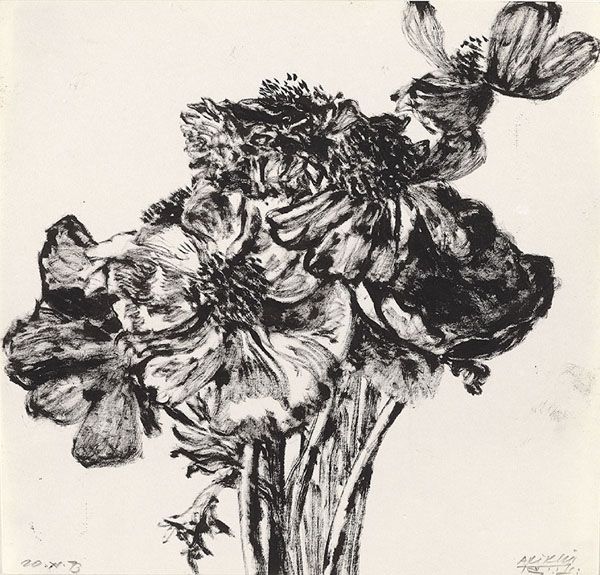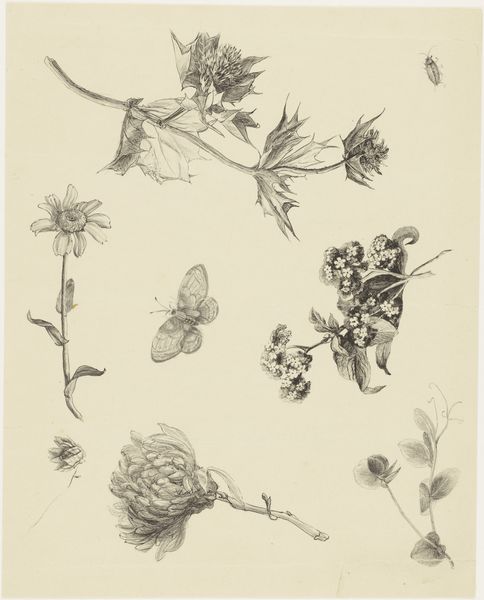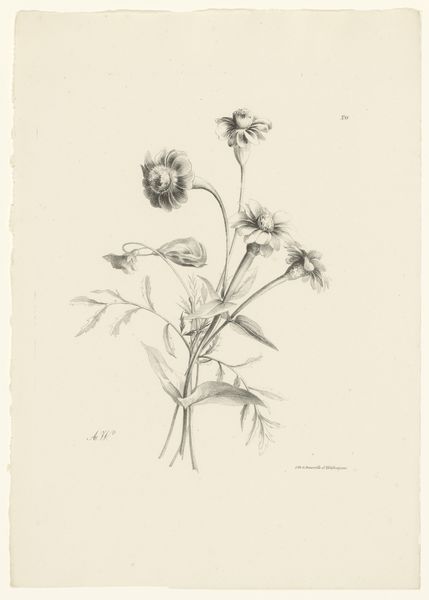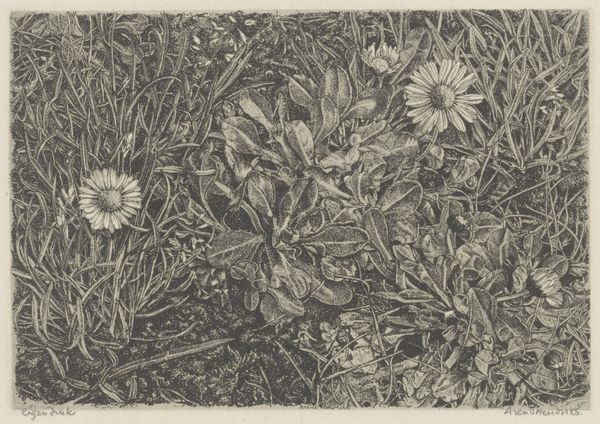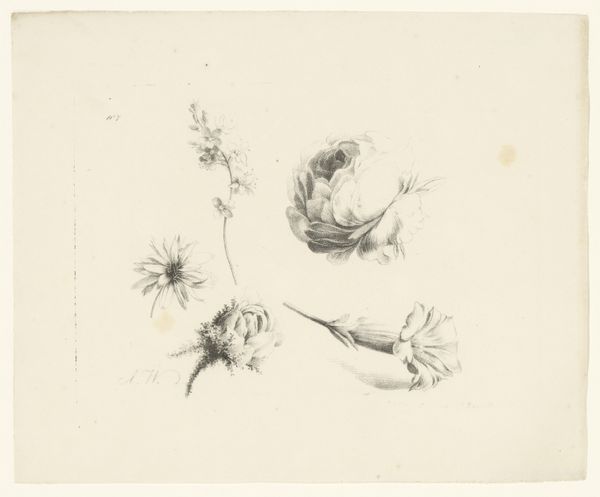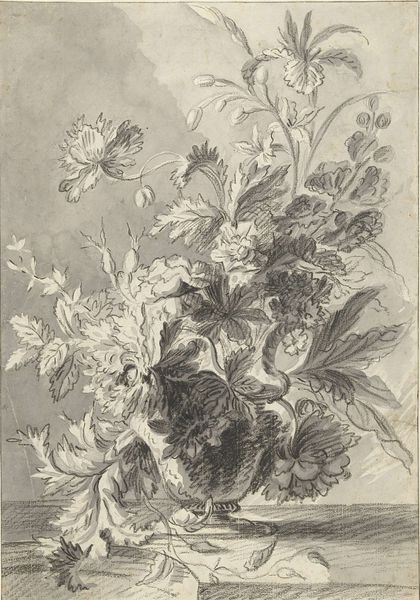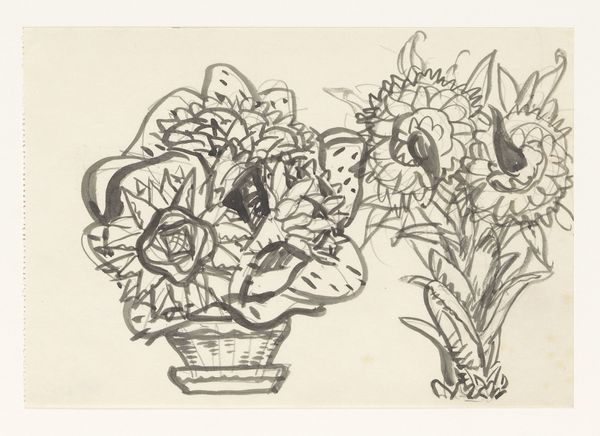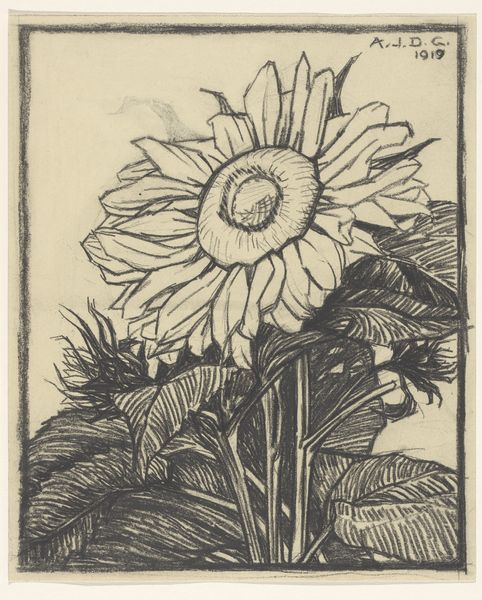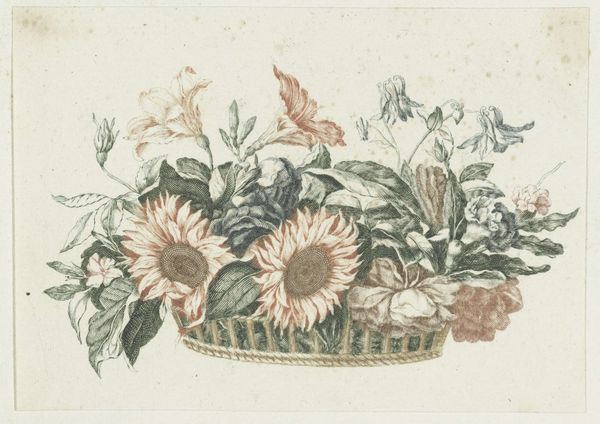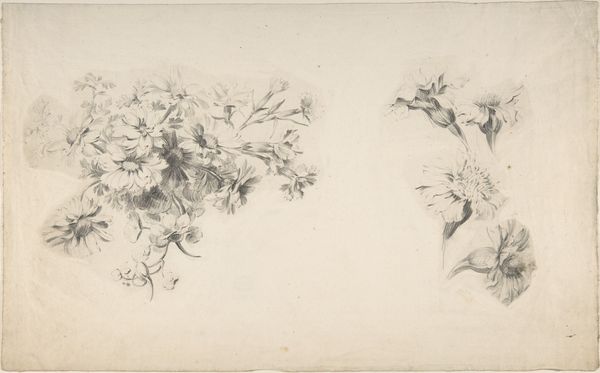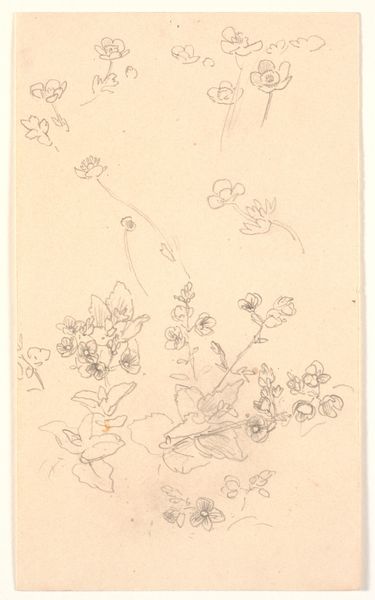
drawing, charcoal
#
drawing
#
pen sketch
#
charcoal
#
realism
#
monochrome
Copyright: Avigdor Arikha,Fair Use
Curator: What strikes me immediately about this pen and charcoal drawing, Avigdor Arikha's "Daisies" from 1973, is its slightly melancholic tone. The monochrome palette certainly contributes to that. Editor: Yes, there’s a restraint here that moves beyond simple representation. Looking at this work through a historical lens, Arikha made a conscious decision to abandon abstract art in the mid-1960s, embracing instead what he called “the necessity of representation.” In the face of dominant artistic trends, his choice was a politically charged one, aligning him with a specific artistic philosophy during a turbulent era. Curator: It’s interesting you mention necessity. To me, these aren’t just daisies; the depiction has an immediacy, a feeling that Arikha needed to capture this exact moment, these blooms just as they were. Flowers often symbolize fragility, beauty, and the transience of life, don't they? And using such a limited palette… it strips away the decorative aspects. It becomes almost forensic. Editor: That reduction is quite purposeful, I believe. Post-World War II, the weight of history loomed large, impacting artists’ choices. There was a search for authenticity, and an aversion to superficial aesthetics. This work reflects a desire to grapple with the real, rather than indulging in colorful illusions. Even the choice of such mundane subject matter underscores that sensibility. Daisies – they aren't particularly dramatic flowers, are they? Curator: No, but common objects possess a universality, a quality that enables deep resonance across diverse viewers. Consider also the tradition of memento mori in art history. By drawing dying flowers, Arikha taps into collective cultural understandings about mortality, memory, and the inevitable passage of time. The blooms drooping on the left side of the drawing especially make you reflect on that, as you would be reminded in daily life, how to handle your passing moments of existence. Editor: A pertinent point, though the “memento mori” tradition was not without its societal implications, was it? Historically, such symbols were sometimes employed to uphold the status quo, reminding viewers, particularly those less fortunate, of the fleeting nature of earthly life, as to inspire acceptance of their societal positions. Curator: I would venture the focus on simple beauty within inescapable decay transcends a hegemonic narrative to offer personal meaning within art. What do you make of how the varying applications of pen and charcoal, light touches contrasted against deep shadowing, affect our experience of this piece? Editor: The stark contrasts really emphasize that sense of immediacy that you picked up on, they pull out an undercurrent of urgent witnessing in stark and unfiltered truth. Seeing the artwork in this context sheds light on Arikha's intention to represent the world truthfully, but also how wider societal influences permeated artistic expressions, too. Curator: Thank you for helping understand how these meanings coexist and sometimes conflict; even mundane daisies can show our individual struggle against collective memory and knowledge.
Comments
No comments
Be the first to comment and join the conversation on the ultimate creative platform.
